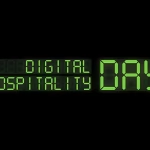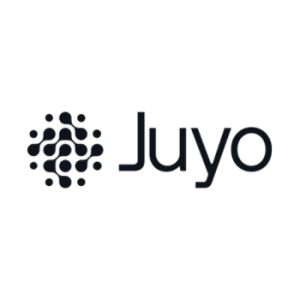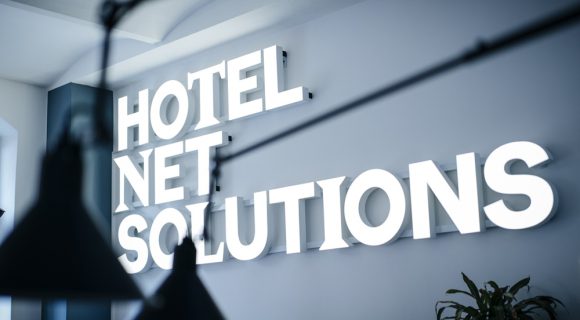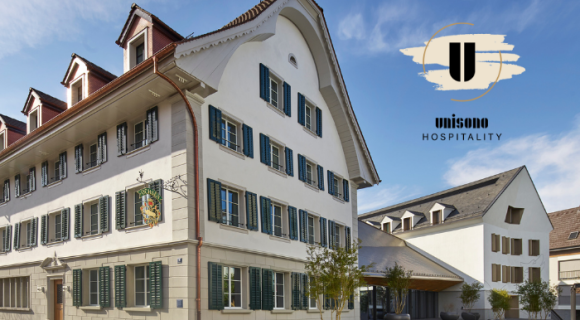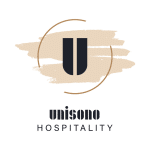
Data-driven decisions: Enabling hotels to make the most of their data with Juyo Analytics
The hotel business is facing some serious shake-ups right now—from soaring payroll costs to a slowdown in occupancy growth, all the way to the challenges in Food and Beverage (F&B) profitability. These aren’t just buzzwords; they’re real issues that hoteliers are grappling with every day. But, where there are challenges, there are also opportunities. In this guest blog by Vassilis Syropoulos, founder and CEO of Juyo Analytics, we dive into the biggest trends impacting your bottom line and how smart, data-driven strategies can turn these challenges into your next big win. Here’s a closer look at these trends and what can be done:
- Payroll Costs Increase
Labor is one of the largest expenses for hotels, and an increase in payroll costs significantly affects profitability. As payroll costs rise, hotels must find ways to increase efficiency or offset these expenses through higher revenue, which can be challenging in a competitive market. - ADR and Occupancy Increase is Slowing Down
Average Daily Rate (ADR) and occupancy rates are critical metrics for hotel revenue. A slowdown in the growth of these figures indicates a maturing market. When ADR and occupancy growth slows, hotels face pressure to find alternative revenue streams or cost-saving measures to maintain profitability. - Profitability in F&B Under Pressure
The Food and Beverage department is a significant part of the hotel offering but is also one of the most challenging areas to maintain profitability. Factors such as rising food costs, waste, labor costs, and changing consumer preferences (towards healthier, locally-sourced options which may come at a premium) are squeezing margins. - Net Revenue Contribution is Dropping
Net revenue contribution refers to the revenue remaining after accounting for distribution costs associated with each revenue stream. When the costs associated with generating revenue increase faster than revenue itself, profitability is squeezed.
Strategies to Mitigate Pressure on Profitability:
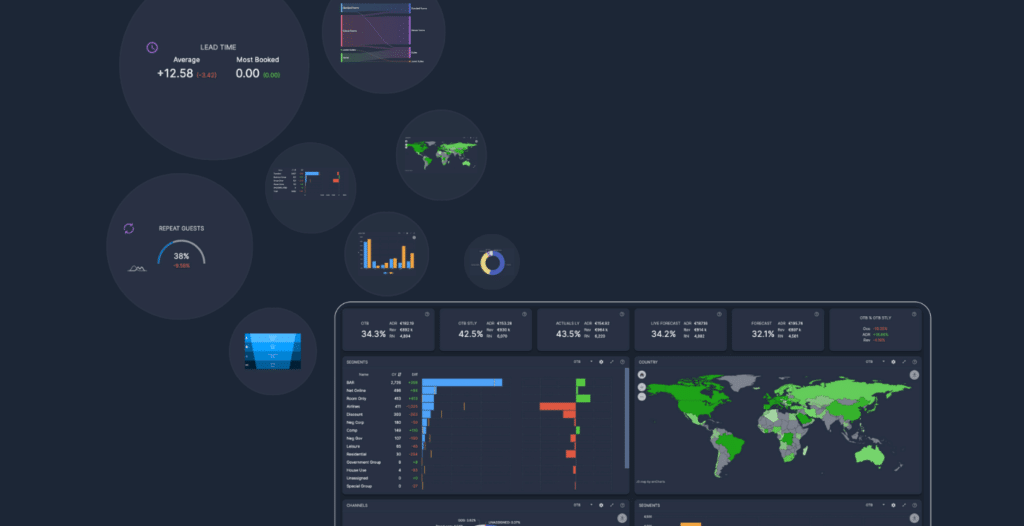
- Focus on Demand Generation: Using external data sources, hotels can identify where demand is softer and where there is a higher likelihood of generating a strong ROI in marketing campaigns. Agility is key here. The days of fixed yearly budgets are long gone. Hotels need to be opportunistic in their behavior to generate revenue. Ideally, this data should reside within one analytics platform for ease of analysis.
- Getting Analytical: Implementing technology solutions for automation, such as analytics platforms, will help reduce labor costs and focus on strategy rather than data gathering. However, this is only the first step. Advanced analytics will surface deeper opportunities. For example, Room Type Analytics can identify how booked vs. sold room types perform. Another example is measuring Market Share Performance by occupancy bands, which enables Revenue Management to understand how well strategies are deployed vs. demand.
- Forecasting: If you fail to plan, you plan to fail. Budgeting and Forecasting are the starting points for crafting an effective plan. Today, the best environment seems to be a hybrid one, where man and machine cooperate to co-create an accurate forecast. Advances in AI mean that Analytics Platforms can produce a starting point that Revenue Management can fine-tune. It is a balance of Science and Art.
- Hard Core Revenue and Inventory Management: Advanced revenue management strategies will help optimize ADR and occupancy rates, even when growth in these areas is slowing. In today’s environment, agility is key. Dynamic pricing is the norm, and changing rates as frequently as possible is essential to stay competitive.
- Focus on All Revenue Streams: Beyond room sales, hotels should explore and work to optimize other revenue streams. Meetings and Events come to mind first. Traditionally, this area has been neglected in terms of Revenue Management. Measuring Revenue per square meter, meeting room occupancy, conversion, and the ratio between room occupancy and meeting room occupancy will provide clues about how well this revenue stream is optimized.
- F&B Optimization: F&B is the next frontier in terms of Revenue and Profit Optimization. F&B revenue management is a multifaceted optimization challenge that starts with menu design and engineering, availability optimization, table rotation, and productivity management. Gathering data around these areas will pave the way for improving revenue and profitability.
- Focus on Net Revenue Contribution: Traditionally, hotels have measured gross revenue performance. However, removing acquisition costs from the picture gives a totally new perspective. Ideally, a hotel should remove all acquisition costs, including OTA commissions, online campaigns, passthrough fees, payroll, etc. Breaking down the performance by any booking dimension such as segment, channel, and others will provide new insights and open the door to optimizing for profit.
By addressing these challenges, hotels can navigate the pressures on profitability and position themselves for success in today’s rapidly changing landscape.
As the hospitality landscape continues to evolve, staying ahead of the curve requires both foresight and the right tools. Juyo Analytics is at the forefront of helping hoteliers use advanced data visualisation and analytics to make smarter, more informed decisions. With a focus on customisation and personalised insights, Juyo Analytics empowers hotels to tackle their most pressing challenges and optimise profitability across all revenue streams. By harnessing the power of data, hoteliers can unlock new opportunities and develop strategies that drive success in an ever-changing marketplace.
Thank you to Juyo Analytics and Vassilis for these expert insights into trends in the hospitality industry!


